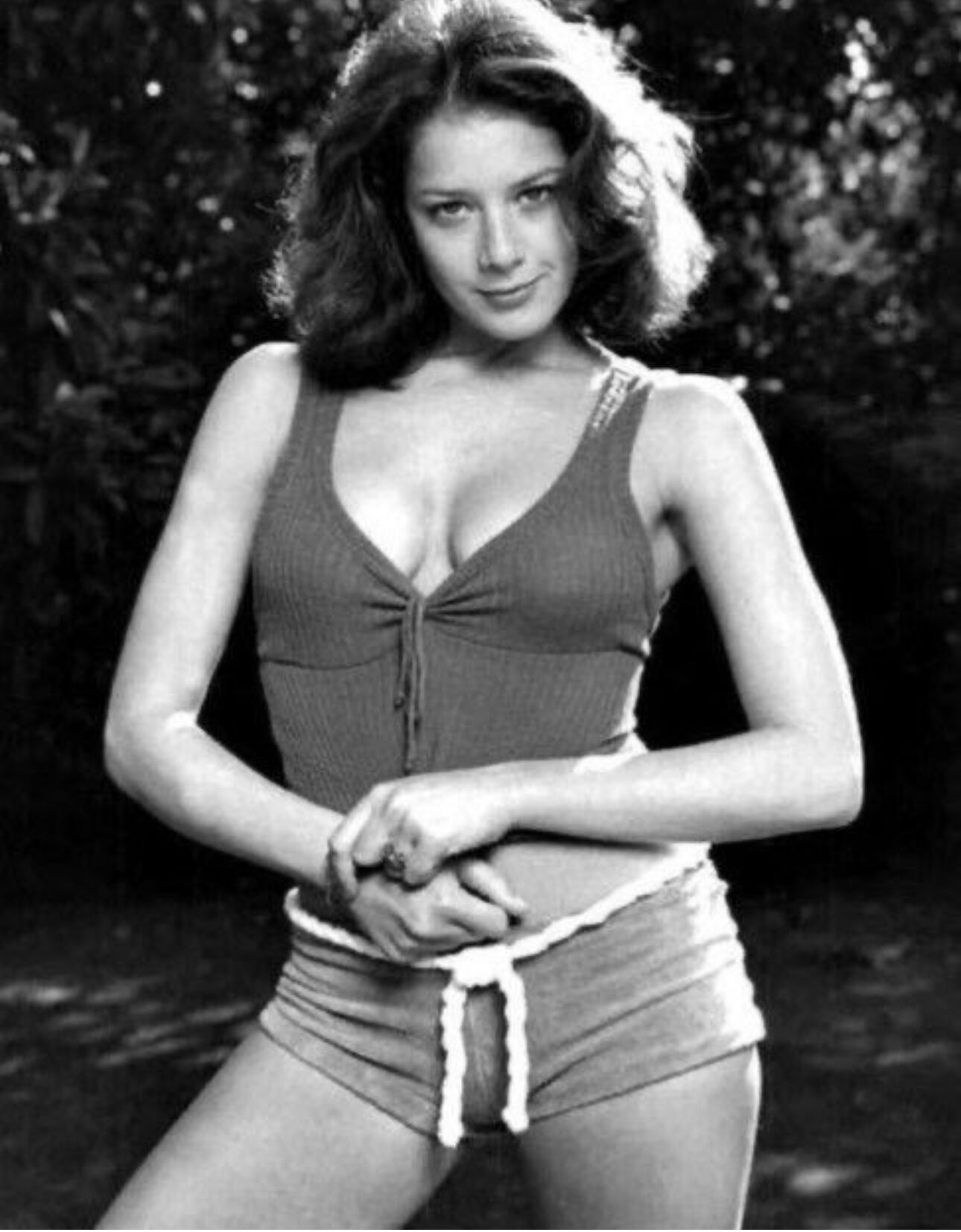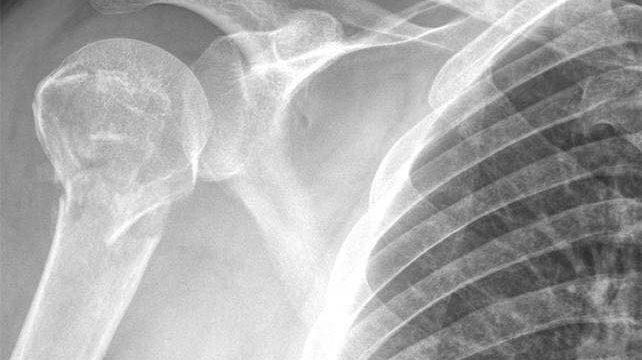The 1985 film Evil Town may not be widely recognized, but it has left behind a few striking moments that still intrigue horror enthusiasts. Among these is a particular scene featuring actress Lynda Wiesmeier, which has gained attention over time for its unsettling and eerie nature. At first glance, the image appears ordinary, yet a closer look reveals something unexpected—something that makes people pause, take a second glance, and feel an inexplicable chill.

Unlike many horror films of the 1980s that relied heavily on special effects and elaborate makeup, Evil Town embraced a more subtle, psychological approach to fear. The film’s setting itself contributed significantly to the sense of unease, featuring desolate streets, abandoned buildings, and a lingering silence that made every scene feel as though something terrible was about to unfold. This atmosphere is precisely what makes this particular still so compelling. It captures the essence of the film—its raw, unfiltered creepiness—without the need for excessive theatrics.
Lynda Wiesmeier, best known for her work as a model and actress during the 1980s, had a brief but impactful career. Her role in Evil Town is not the most famous of her performances, yet this image of her from the film has persisted in the memories of those who have seen it. The expression on her face, the positioning of her body, and the strange composition of the scene all contribute to an uncanny feeling. It’s the kind of image that demands attention, forcing viewers to examine every detail in search of an explanation.
The internet has a way of resurrecting forgotten moments, and this particular photo has resurfaced multiple times in various online discussions. Some viewers initially assume it has been digitally altered, but that is not the case. The rawness of the scene is what makes it so striking—it’s a genuine frame from the film, untouched and unedited. This authenticity adds to the intrigue, making it even more chilling. When something seems “off” but there’s no clear indication of manipulation, it creates a sense of mystery that lingers long after the image has been seen.
What makes this image so effective is its ambiguity. Unlike modern horror images that often rely on overt grotesqueness, this one plays with subtle psychological horror. It triggers a reaction deep in the subconscious, making the viewer feel uneasy without immediately understanding why. Perhaps it’s the lighting, the contrast, or the unusual angles used in the film. Maybe it’s the way Lynda Wiesmeier is positioned in the frame, caught in a moment that seems frozen in time, yet somehow still alive with tension.
Horror films from the 1980s had a unique ability to evoke fear in ways that modern horror sometimes struggles to replicate. Without the convenience of digital effects, filmmakers relied on practical effects, innovative cinematography, and psychological tension. Evil Town may not be a household name, but it succeeded in creating moments that remain memorable decades later. The still featuring Wiesmeier serves as proof that even a single frame from a lesser-known movie can carry a haunting presence.
Many who come across the image experience an involuntary reaction—a slight shiver, a momentary sense of unease, or even a gasp. It’s the kind of picture that makes people do a double take, questioning whether they really saw what they think they saw. This reaction is what keeps the image relevant, making it a recurring topic of conversation among film enthusiasts and horror fans.
Ultimately, the power of an image lies in its ability to provoke thought and emotion. This particular shot from Evil Town does exactly that. It doesn’t rely on cheap jump scares or exaggerated effects; instead, it creates a subtle and persistent feeling of discomfort. That’s the mark of true psychological horror—when an image stays with you, lingering in your mind long after you’ve looked away.
So, if you haven’t seen Evil Town, this image alone might be enough to pique your curiosity. And if you have seen it, perhaps you now understand why this seemingly simple moment from the film continues to capture attention, decades after its release.





